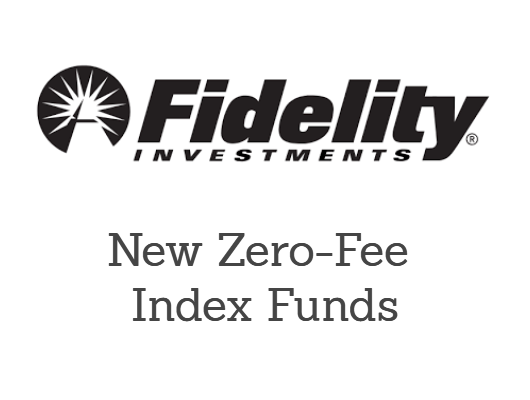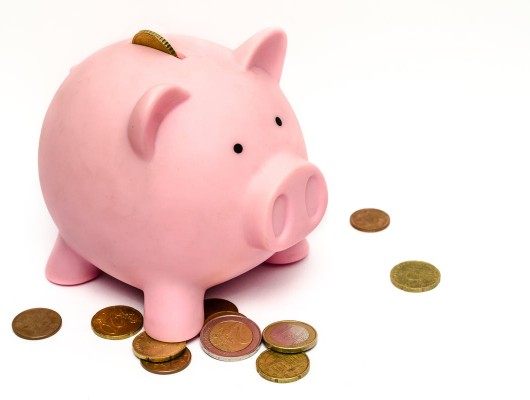Indian shares have failed to regain their cheer. The country’s stock market had been performing strongly through the end of October, but November brought heavy selling, and since then shares have consolidated.
The biggest concern, apart from the general skepticism toward emerging market economies at the moment, has been the political scene. As we’ve previously discussed, Prime Minister Modi’s party was badly beaten in a regional election, suggesting that he is losing some of the so-called honeymoon effect that newly elected leaders tend to enjoy.
The pessimistic take is that the Modi government has failed to push through nearly as much transformative legislation as investors had been hoping early in his term. While he has a significant legislative majority backing him, Modi has not succeeded in getting all that many bills passed.
The state still centrally controls the operations of the nation’s banking system. Privatization has gone more slowly and effected fewer assets than had been hoped for. And the government continues running significant budget deficits.
On the other hand, it’s still early in Modi’s time, and to be fair, he’s been very busy with other priorities as well. A wave of sectarian violence has discouraged foreign investment and required the government’s involvement to diffuse religious tension and caste-related disagreements. Hindu attacks against Muslims have been a particular concern as of late.
In positive news, prominent American economist Larry Summers predicts that India can achieve 9% GDP growth on a longer-term going forward basis. And consensus estimates now show India’s economy rebounding to an 8% growth rate for 2016, aided by the fall in energy prices.
8% is a good number, as it is the number India’s State Minister of Finance, Jayant Sinha, estimates is necessary to produce a sufficient number of jobs to relieve poverty and unemployment for India over the long term.
For Modi’s economic reforms to be a success, and particularly for him to have the political win and legislative backing, he needs to double down on economic policy. He was elected primarily on his platform promising sweeping economic changes. This is not the time to get off message.
As a man with a Hindu nationalist background, Modi has the correct background to urge the Hindu attackers to stand down and get the country back in the good graces of foreign investors.
With China’s economic miracle petering out, and Europe and the United States facing a demographic cliff, massive budget deficits, and enormous unfunded retirement liabilities, the mantle of the next great power is up for grabs. This can be India’s century, but Modi needs to right his presidency at this juncture.
His party cannot be allowed to continue losing regional elections and getting distracted from the reform agenda if he is to bring permanently swing India toward a more prosperous future. All signs still point to reasons for optimism on India in the longer-term. But monitor the political situation closely over the ensuing months.
Modi needs to get his momentum back, or like happened to Obama in the US, the hope and change initiative could get run aground by partisan bickering.
As far as the economy goes, the recently released GDP numbers showed most recent quarter economic growth at 7.4%, slightly ahead of the 7.3% consensus.
Leading the way were improving strength in the manufacturing sector and improving Indian consumer demand. Lower energy prices are doubtlessly helping in those areas. Let it be said again, India’s position as a net energy importer is a huge edge for it as it competes against other emerging markets for investing dollars.
On the down side, rural demand remains weak, hurt by weak and unusual monsoon cycles over the past two years. In addition to that, the construction sector is slowing down. This should begin to reverse in 2016, as rising government orders for road and railway related construction projects mount.
One other sector that has been weak, defense, may see an upturn if the Syrian geopolitical tensions continue to rise.
Overall, the Indian economy remains healthy, and as Larry Summers correctly noted, the long-term trajectory is very cheery. However Mr. Modi must overcome a more complicated political situation, calm down religious tensions, and redouble efforts to implement his ambitious reform plans.


